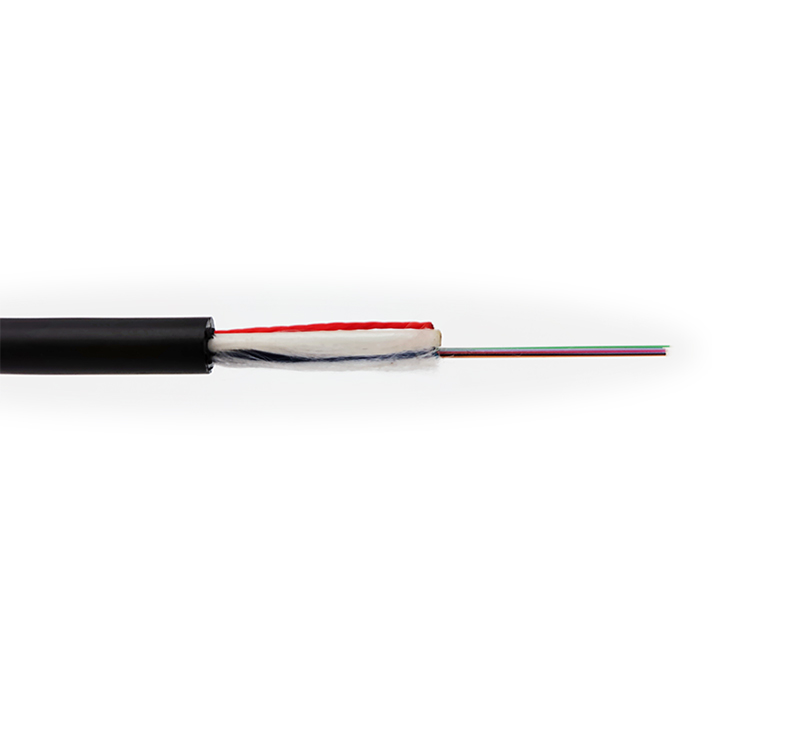Optical fiber has many advantages than copper wire and coaxial cable. Because of its good resistance, small quality, and relatively small, the optical cable can maximize the use of the usage of wiring pipelines, and can reduce the installation problem as much as possible. This is why the telephone company likes to use fiber. Many existing cable pipes are completely filled, and new cables cannot be added. All cables are replaced by optical fiber to save a lot of space, and copper material manufacturers increase the price when manufacturing copper wires. The fiber optic fiber is much lighter than the copper line. The 1,000 1km long twisted line weighs 8,000kg, and the two fiber weighs only 100kg with a larger 1km long optical fiber, which greatly reduces the expensive mechanical support system that must be maintained. The need. For the new line, because the installation cost is low, the fiber is better than the copper line.
Because optical fiber is not charged, they are ideal methods for the dangerous environment such as flammable and explosive. In this environment, if the copper thread is used, the sparks burst from the gap when the copper line is ruptured will cause explosion accidents. happened. Moreover, if the fiber is destroyed, it will not risk the electric shock to humans. In addition, the traditional copper lines and aluminum threads used for structural wiring are corroded. Glass fiber is a corrosive material.
Especially in terms of signal transmission, optical cables have unparalleled advantages of traditional cables. Because the fiber does not be affected by the interference of the electromagnetic field, the optical fiber provides a clearer signal than the copper thread. Fiber will not be affected by the engine rotation or power failure. Moreover, the signal in the fiber is less attenuation. There is only one relay every 30km on the long line, and a copper wire requires a relay every 5km, which allows optical fiber to save a lot of funds. In addition, optical cables can be continuously used for a length of 550 meters (1800 feet).
Optical fiber technology provides incomparable elasticity and scalability for the future needs. Optical fiber can provide more bandwidth higher than copper lines, which makes it use for high -level networks. The data transmission rate of more than 10Gbps has been realized, which has made optical fiber the ideal basic optical cable technology for tomorrow's broadband network.

Finally, optical fiber does not leak light and it is difficult to stitch, so it is difficult for the fiber to be listened by the network, and the security factor is high.
The reason why optical fiber is better than copper lines is due to the different physical structures inside. When the electrons move along the copper wire, they affect each other and are also affected by the electrons outside the copper wire. However, the photons in the fiber not only will not affect each other (without charging), but also are not affected by the optical fiber.
It is precisely because the optical fiber has the above advantages that since the 1980s, the fiber of the broadband band has gradually replaced the metal cable with a narrow -frequency band. However, the fiber itself also has disadvantages. For example, the texture is crispy and the mechanical strength is low is its fatal weakness. If you don't pay attention, you will break it in the outer skin of the optical cable. Construction workers must have relatively good cutting, connection, separation and coupling techniques. However, with the continuous development of technology, these problems can be overcome.










